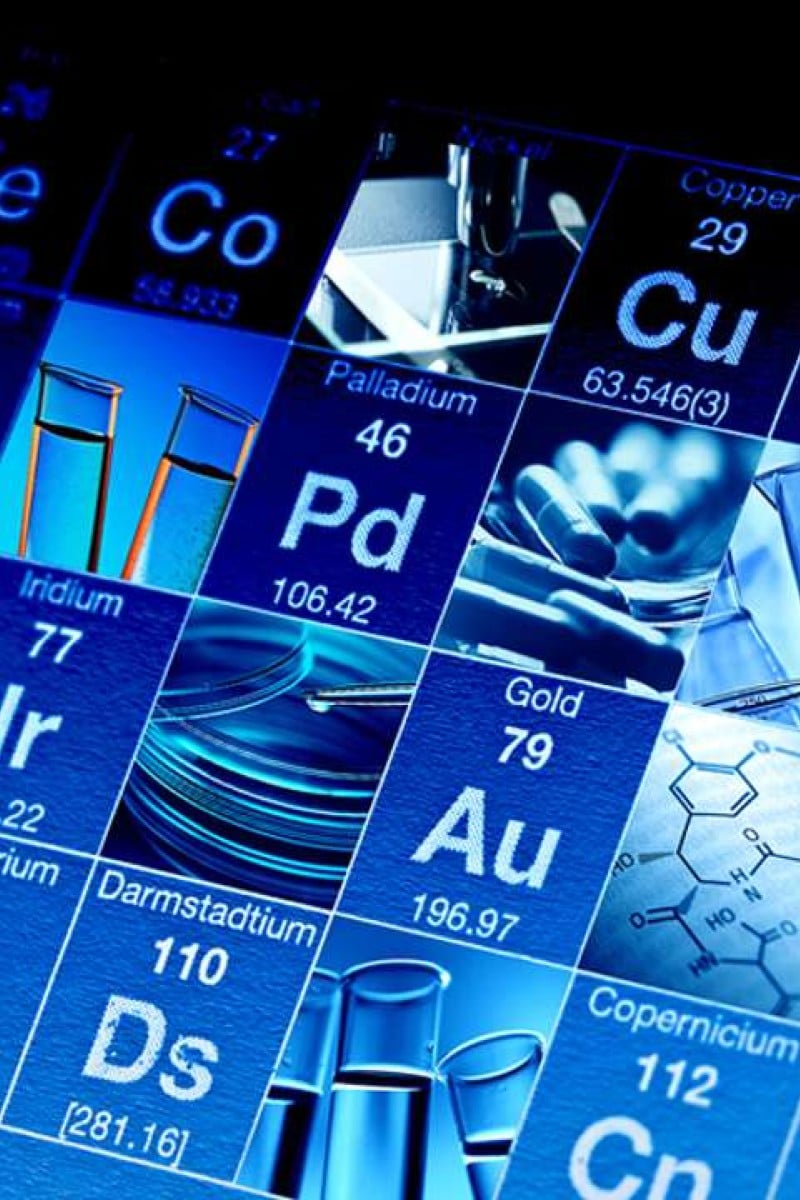
A much harder HKDSE chemistry exam this year than in previous years
This year’s DSE chemistry exam was much harder than last year’s, with new question types and a difficult Paper Two to tackle
 This year’s exam was considerably more difficult when compared with previous years, say students and teachers
This year’s exam was considerably more difficult when compared with previous years, say students and teachersTeachers and students have said this year’s DSE chemistry exam had a few new question types, with some very difficult questions in Paper Two asking students for in-depth knowledge of chemistry concepts.
In Paper Two, students had to pick two sections from three to answer. Dr Samuel Chong, a tutor from King’s Glory Educational Centre, said this year’s Q3(b) in Section C (Analytical Chemistry) wastougher in comparison with last year’s. It was about an experiment consisting of two steps, that was carried out to deduce the oxidation number of nitrogen in the oxide.
“I believe many students had difficulty tackling two steps. The first step showed the calculation of the amount of product formed by a redox reaction. The second step calculated the amount of reactant by considering the mole ratio between product and reactant. It could take students a long time to understand these two steps before answering the questions,” said Chong.
“Looking forward to future exams,” he added, “Students should cover all of the chemistry topics in the HKDSE chemistry curriculum. They also need to possess high analytical skills.”
Sam Chai, a tutor from Modern Education, said this year’s Paper Two was more difficult when compared to previous years, and said this year’s Q3 sharply contrasted with Q3’s of previous years. “For instance, Q3(a) (iii) gave a diagram of an organic compound, which was quite complicated. It required students to understand how this compound was formed. Q3’s difficulty level was very high, and was like what you would find in university,” he said.
Anson Chan Pui-shing, a Form Six student at Carmel Secondary School, said some of the questions required a lot of calculation and reasoning skills. “Q3(b) (ii) was very challenging as it was about the oxidation number of nitrogen. The topic was very tough to begin with, and it took a long time to think about the answer and to calculate it. I spent a long time on answering this question,” he said.
Chai advised students to be extremely careful when adding labels to graphs. “For example, Q1(b) (i) asked students to draw two labelled energy profiles, with and without catalysts. Labels had to be accurately added to the answer.”
Chai also noticed there were some new question types in Paper One, which consisted of 36 multiple choice questions in Section A, and 14 long questions in Section B. He cited Q7 in Section A as an example. It provided a graph that showed an experiment for studying the enthaply change of a reaction. “This question tested students on their knowledge of extrapolation techniques.”
Another new question type appeared in Section B Q2, which hasn’t much appeared in previous years’ exams, Chai said. “The question asked students why lead-containing solder is prohibited for use in joining water pipes. The question was a response to a current social issue, as it was related the Hong Kong tainted water scare in 2015. Students were encouraged to think about current social issues in a scientific way.”
Some questions in Section B also combined multiple topics. “The sub-questions of Q1(B) tested students on three different topics, including metallic bonding, gas collection method and precipitation titration. Students need to keep their eyes open and cover as many topics as possible when preparing for future chemistry exams,” said Chai.